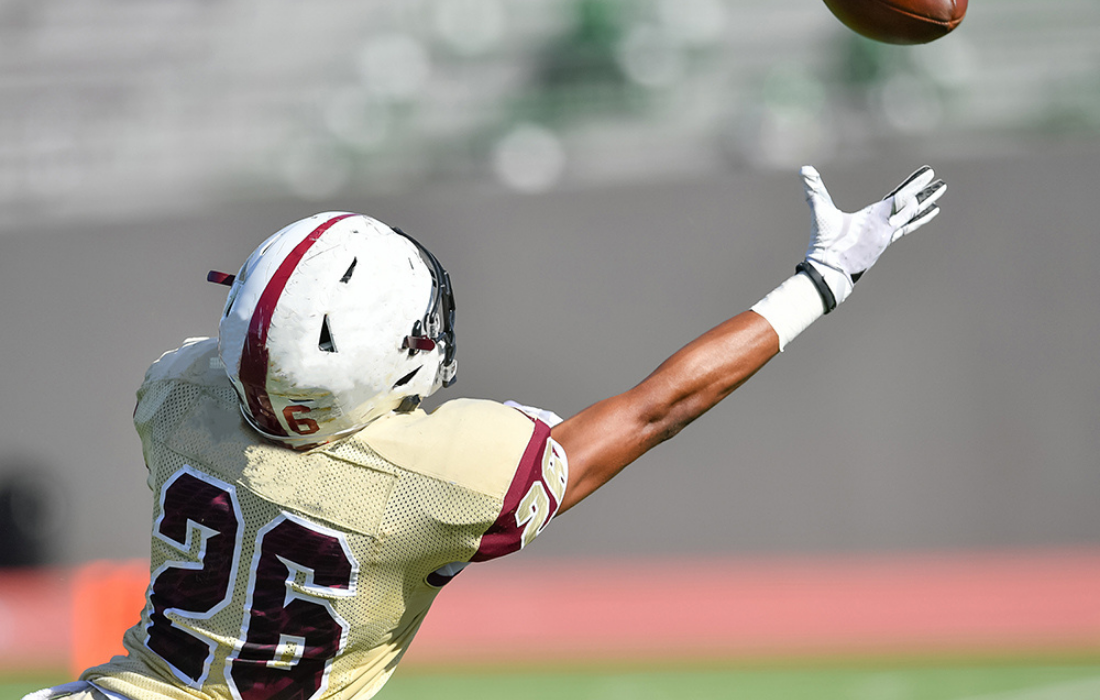Body Awareness

It is amazing how athletes can move around the field effortlessly. From the toe-tap catches to the no-look passes, we are fascinated by these incredible maneuvers. It leaves many of us wondering how they did it. The answer: body awareness. Body awareness allows an athlete to make an incredible play, but also allows the average person to trip and avoid falling.
What is body awareness?
Body awareness (proprioception) is the ability to recognize the orientation of your body in a space. Athletes with good body awareness are able to perform tasks including:
- Dribbling without looking
- Keeping their feet inbounds
- Tracking a ball in the air
How does it help?
Body awareness can amplify athletic ability as well as negate athletic discrepancy. This is because it can make an athlete proactive as opposed to reactive. In sports, being proactive means that you can get a jump start on the play and get in the best position possible to make the play, thus overcoming a lack of athletic ability (compared to other players).
It also allows athletes to stay safe while playing a sport. Athletes with poor body awareness may put their body in poor position for a sport. This may result in improper landing mechanics, running mechanics and sports skills. As a result, higher stresses are put on the athlete’s body and can ultimately lead to injury.
What can I do to improve my body awareness?
Training body awareness is easiest when the athlete is young. However, it is never too late to improve it. A simple field test of your own body awareness: Balance on one leg. Then close your eyes. Can you maintain your balance?
Ideally, your balance should not change from eyes open to eyes closed. This test is also the easiest way to begin to improving your awareness by timing how long you are able to maintain your balance with your eyes closed.
An athlete needs to get familiar with developing skills and performing them within a given space. Ladders are a useful tool to help develop body awareness. Athletes with good body awareness should be able to go through the ladder without looking down. That’s the reason why coaches always remind them to keep their heads up during this drill. Think about it: If you don’t play with your head down, why practice with your head down?
As the athlete progresses with their body awareness, the drills can become more sports specific. A multi-movement run that includes sprinting, shuffling and backpedaling can be used to help train body awareness on the field. They should be able to get key points on the field/court just by feel alone. Adding in a key sports skill—such as passing while moving—can help mimic the sports environment/intensity.
Conclusion
Body awareness is vital to everyday life and safety. For an athlete, it can make the sport much easier and result in a tremendous advantage. When combined with ample athletic ability, it can allow athletes to compete at the highest levels of sport.
We have a lifetime to improve our awareness, which can greatly improve our quality of life. Typically, athletes are required to develop some level of enhanced body awareness to participate in sports. It is more often the limiting factor for success more so than athletic ability as the level of competition increases. In short, body awareness essentially separates the good from the great.

